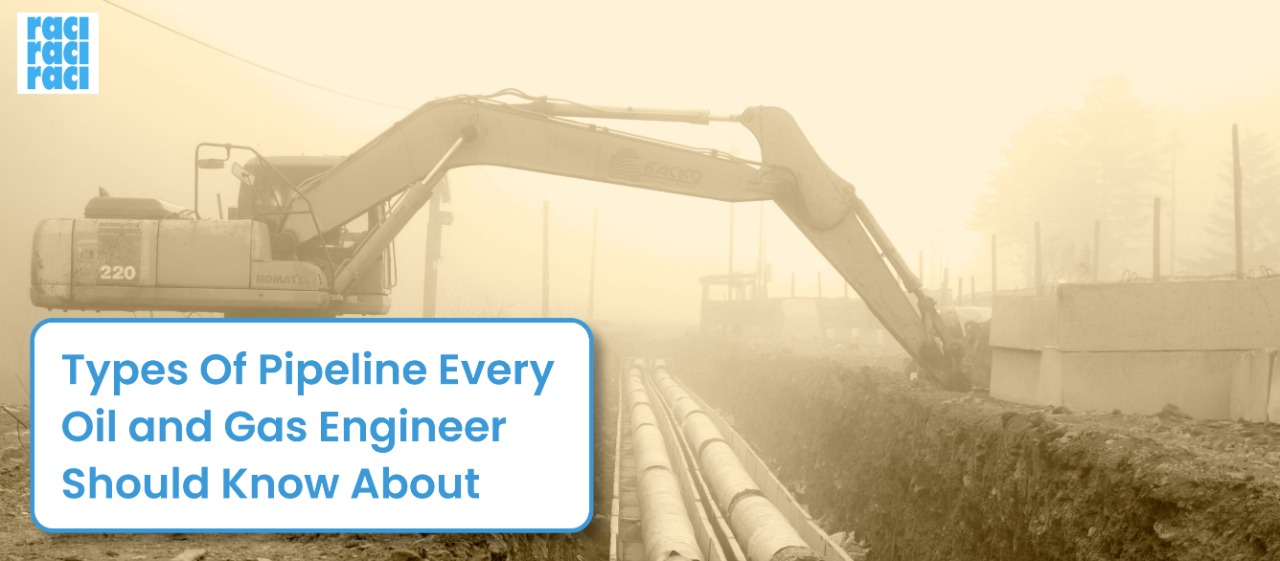What You Need to Know about Pipeline Installation

Oil and gas pipelines are an integral part of any country's energy infrastructure. These large-scale underground infrastructure installations are what enable several industries to function and produce their output while also being the source of power for several thousands of people. Such large-scale projects require proper and secure installation to deliver the oil and gas supply efficiently. Additionally, a pipeline that is not properly secure could leak, causing potential catastrophic incidents that could lead to a safety hazard and environmental damage. This article explores what goes into installing a pipeline on an industrial scale and how to do it safely. Pipeline Installation Preparations A fair amount of preparation goes into pipeline installation . Some of the steps are discussed below. 1. Creating a Staging Area - The first step to an underground oil and gas pipeline installation is to manufacture the pipes. For this, the most important thing is to have a constru...



